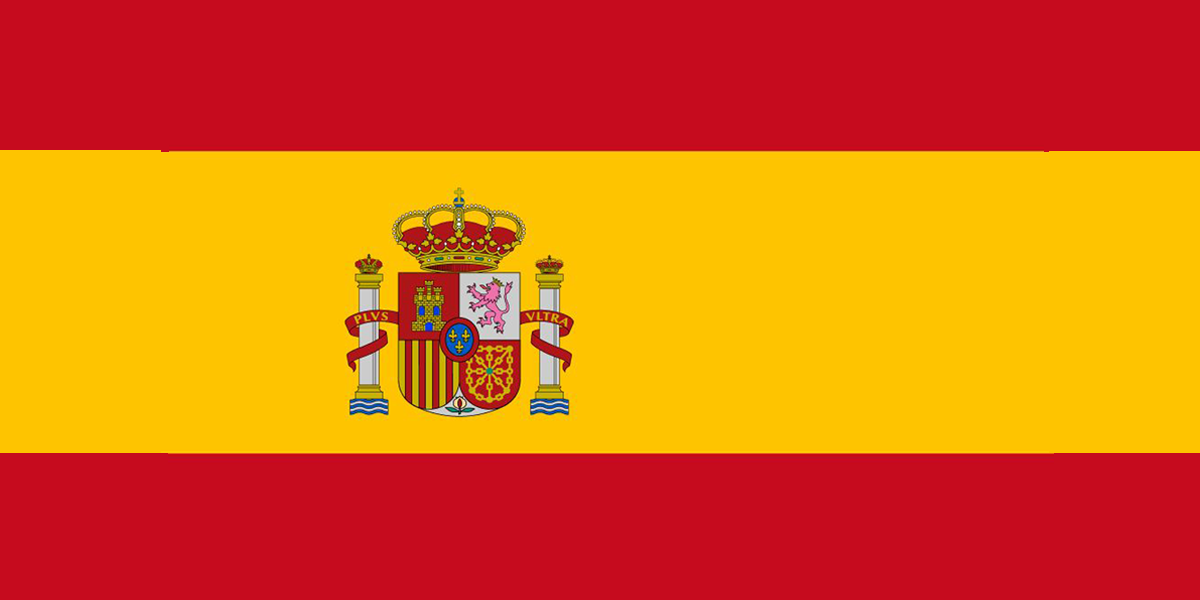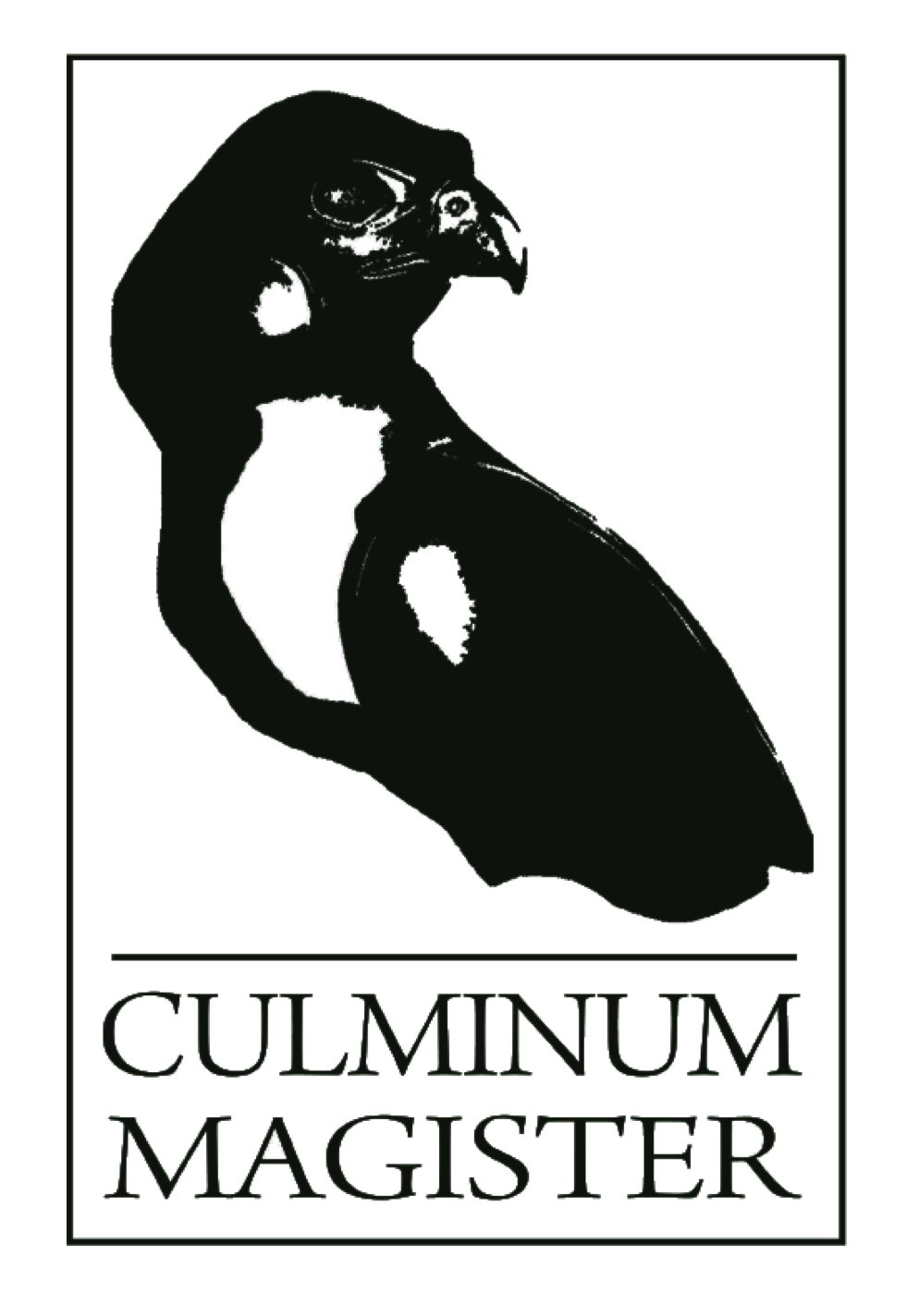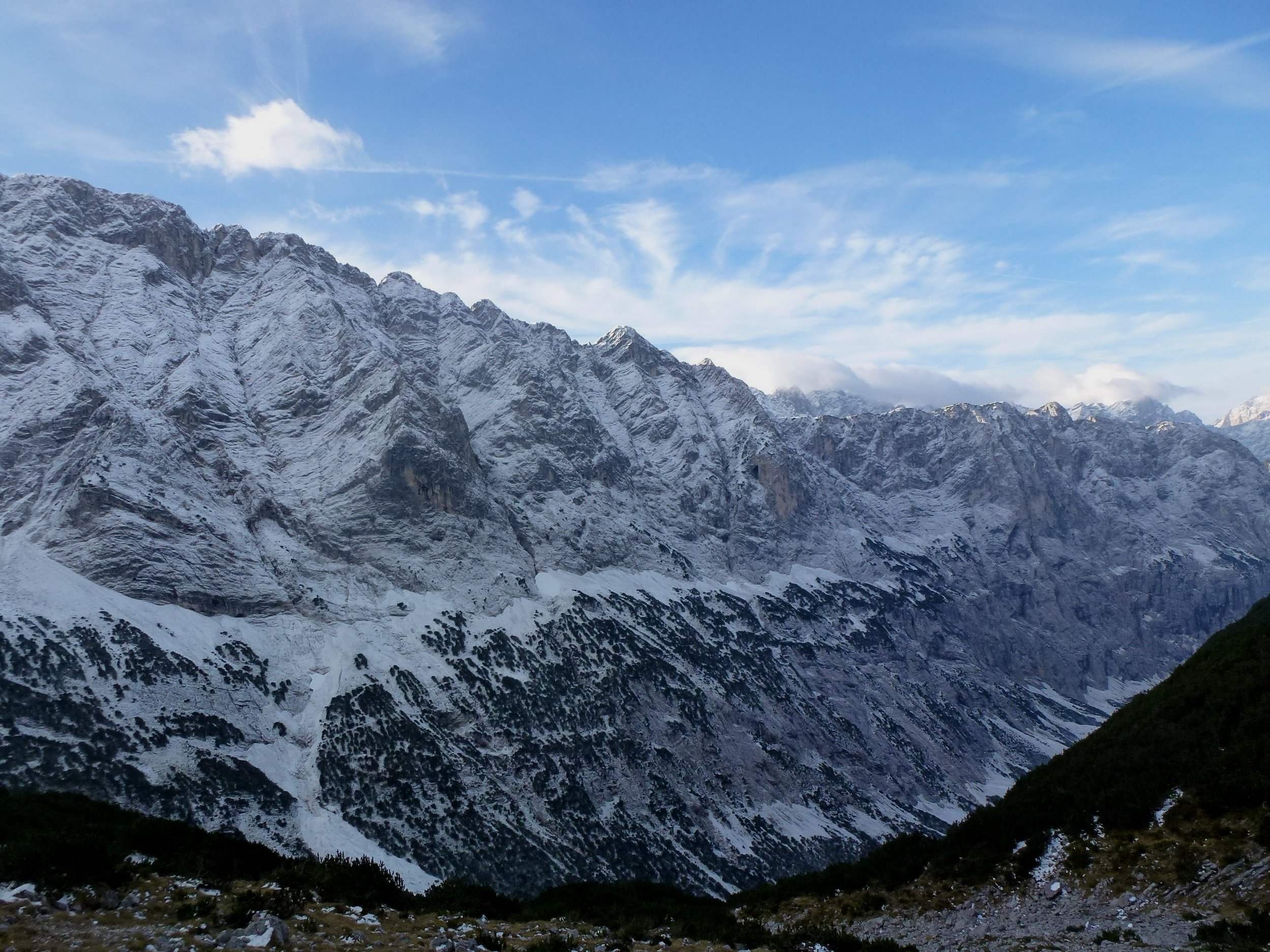
Asia
-

Altai argali
Ovis ammon ammon
Is the largest of all wild sheep with massive horns. They occur in the High Altai Mountains of western Mongolia, and adjacent mountain regions of Russian Federation and China.
-

Hangai argali
Ovis ammon darwini
The difference in the phenotype are the horns size, inter- mediate between Altái and Gobi, while taxonomically are the same as Gobi argali. Can be found in Hangai mountain range.
-

Gobi argali
Ovis ammon darwini
Smaller in body and horns size of Altai and Hangay argalis. They occur in the whole Gobi region of Mongolia from east to west and in the south of the country with some populations south across the China border.
-

Karaganda argali
Ovis ammon collium
Dark Brown in the body with a creamy-white neck ruff, horns of angular cross- section in the base and smaller than Tien Shan specimens. Can be found in the Central Kazakh Hillocky area in Kazakhstan.
-

Kara Tau or Nigrimontana argali
Ovis ammon nigrimontana
One of the smallest bodied argalis, with distinct withiest rump patch, body brownish and dark flank stripe. Horns that rarely exceeds 35/36 in.
Endemic of Kazakhstan, the range is west of the Kara Tau Mountains range.
-

Severtozv or Nura Tau argali
Ovis ammon severtozvi
Is the smallest argali, chestnut brown body with white belly, smaller horns than rest of Argali, dark throat ruff. Endemic of Uzbekistan, mostly found in the Nara Tau range of mountains.
-

Marco Polo argali
Ovis ammon polii
With great variety of brownish capes, chest, belly and legs withes. The very long horns of triangular cross section and ambar colour with the typical wide flaring shape, are the most characteristics of this argali, who leave in the east of Tajik Pamir, north west of Afghanistan and the east of China in the Konghur mountains.
-

Tian Shan or Karelini argali
Ovis ammon karelini
This subspecies or phenotype also includes the Ovis a. littledalei and Ovis a. humei.
Karelini has similar coloration than the Marco Polo argali, with shorter and thicker horns. Occur along the Tian Shan mountain range, in Kirgyzstan, southeast of Kazakhstan and continues east to China.
-

Sair argali
Ovis ammon sairensis
Very similar in body colour than Karelini specimens, with massive horns that can complete a circle. Occupies mountains of Tarbagatay in Kazakhstan and Sair range also into China.
-

Gansu or northern tibetan argali
Ovis ammon dalai-lamae
Body coloration from chestnut brown to greyish-brown with white underparts and rump patch. They occupy the regions of Qinghai and Gansu in China.
-

Tibet argali
Ovis ammon hodgsonii
Long haired and light coloured ruff, with brown greyish body. Tiny tail with massive horns that rarely pass the eye socket. Inhabit in the major part of the Tibetan Plateau in China.
-

Konya mouflon
Ovis gmelini anatolica
Heavier body than mouflons, with winter reddish-brown pelage, and black ruff, can present whitish saddle in the flanks. Usually supracervical horns, that easily can exceed 75 cms. of length.
Endemic of Turkey, inhabit in the central Anatolia plateau, Konya area.
-

Armenian mouflon
Ovis gmelini gmelini
Reddish-chesnut color with white to grayish saddle patch more intense in winter pelage. Short dark ruff in the neck. Under parts and legs from knee are white. Horns curved in one plane, supracervical position, back towards with tips converging inwards or backwards. Have narrow flat corrugations. Median horn length 27 in.
Armenia mouflon inhabit all the western side of Iran, with some populations in the west of Azerbaijan and in the south part of Armenia as well.
-

Esfahan mouflon
Ovis gemelini isphahanica
Reddish-brown pelage coloration, legs upper parts dark with body underparts and legs whitish. Pale saddle patch and short ruff on males. Horns grow in a cervical position, with tips towards the neck, horn length media in.
The population is restricted to the south-central region of Esfahan in Iran.
-

Larestan mouflon
Ovis gemelini laristanica
One of the smallest wild sheep of the world. Brownish in winter and ligther color in summer. Horns with triangular shape, down curved and tips going forward.
Are found in South of Iran, east of Lar city on the Farsand Hormozgan provinces.
-

Alborz red sheep
Ovis o. gmelini x Ovis o. vignei
As hybrid phenotype, they are similar to Armenian mouflon in the central and western areas of Alborz, while in the eastern range they look similar to Transcaspian urial.
Inhabit north of Tehran province in the Alborz region, extending south into Kevir dessert. The limits of the distribution area are undetermined.
-

Kerman sheep
Ovis gemelini laristanica x Ovis vignei blanfordi
Another hybrid between Larestan mouflon and Baluchi urial. Possible to find specimens similar to both species.
The main distribution area is the Rochun Wildlife Refuge and the Khabr National Park.
-

Transcaspian urial
Ovis vignei arkal
Is the largest wild sheep in Iran, yellowish pelage in the body. Large white bib extending from the cheeks down to the brisket. Horns with distinct corrugations, going down and forward, forming a complete circle, sometimes with tips diverging outward. Inhabit in the northwest of Iran, occur also in the north western of Turkmenistan and Uzbekistan and southwestern of Kazakhstan and to the east, along of the Turkmenistan border as well.
-
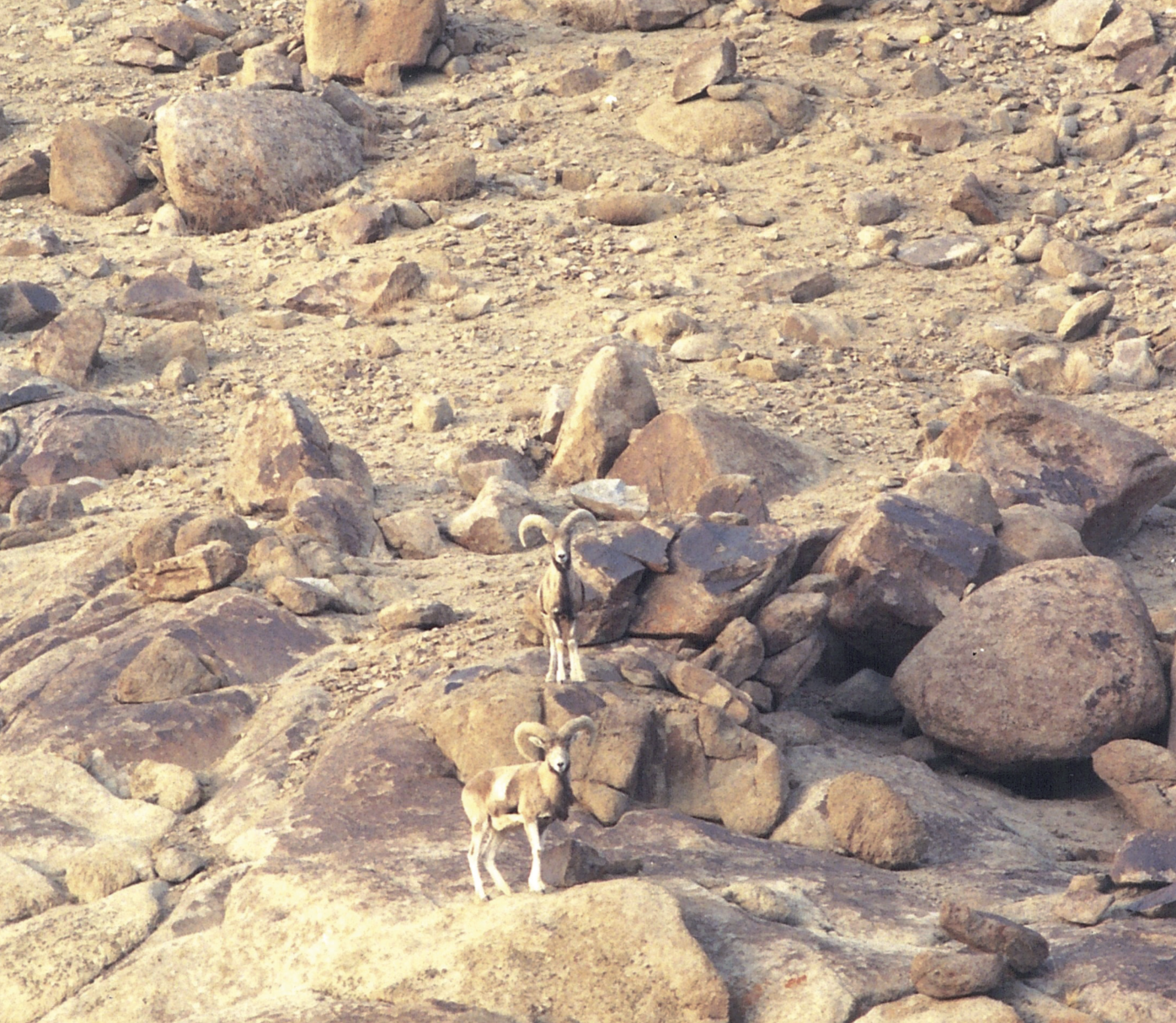
Ladak urial
Ovis vignei vignei
One of the largest Urials. Body pelage from gray-brown in winter and rest of the year from rufous-gray to cinnamon.
Horns on supracervical position, curve up, back and down- wards, with tips in large carneros turning inwards, almost complet- ing a full circle.
They occur in the north of India, Pakistan and in Afghanistan, in the Wakhan Corridor and the border with Tajikistan.
-

Punjab urial
Dark red color with a white bib prolonged by black ruff till brisket. Sikle shaped horns curve backward and downward.
Punjab urial are endemic to Pakistan, leaving in the Punjab province.
-

Baluchi or Blanford urial
Ovis vignei blanfordi
Baluchi urial are smaller than Transcaspian, with cinnamon pelage and long slender legs. Horns of triangular shape, with terminal tips converging as open circle in typical urial fashion.
Inhabit in the southern part of Iran, province of Sistan and Baluchestan and mostly in Pakistan, Sindh and Balochistan provinces.
-

Ufghan urial
Ovis vignei cycloceros
Afghan urial are bigger than Baluchi, pale red or fawn- brown body colour and underparts and legs dirty white. Large withe ruff with black hairs in the down part in the brisket. Horns with typical urial shape, almost completing a circle with triangular shape and strongly corrugated.
Occur in the central provinces of Afghanistan from west to east, east part of Iran and also in the east of Pakistan.
-

Putorana snow sheep
Ovis nivicola borealis
Predominantly brownish in colour, with a white spot around the tail. Rounded section horns, massive at the base and eversion and finer tips.
He lives in the Krai of Krasnoyarsk in the Russian Federation.
-

Yakutian snow sheep
Ovis nivicola lyddekeri
Lighter body color than the Kamchtaka sheep, also the rump patch is largest and most white. The belly, ears and muzzle are whitish. It has or has not, a distinctive white spot on the front.
The horns have a rounded triangular section and are smaller in thickness than the Kamchatka. This subspecies includes the Okhotsk, Kolyma and Chukotka varieties.
He lives in the Republic of Sajáá.
-

Kamchatka snow sheep
Ovis nivicola nivicola
Dark brown coat on the body and lighter on the belly, the rump patch; white and extended that occupies the entire back of the rump.
The horns have the thickest bases of all the nivicola, darker coloring and can form a complete circle. The tips go forward and outward. This includes the phenotype of Koryak.
It is endemic to the Kamchatka Peninsula.
-

Tibetan, Himalayan bharal or blue sheep
Pseudois nayaur nayaur
The face is marked from grey to black, and the neck and chest area are also black in adult males. In front, the four legs are black, interrupted by a white spot on the knees. The horns are rounded and smooth section. They curve upwards, outwards and then lean inwards, in the direction of the neck at the withers.
The range is the entire Himalayan chain, in Myanmar, Bhutan, Nepal, Pakistan and on their Chinese borders.
-

Chinese bharal
Pseudois nayaur szechuanensis
The Chinese bharal is smaller in body and horn size than the Himalayas. The colouring is somewhat paler than that of the Himalayas, and the difference is more noticeable in the horns, which are shorter, flatter i.e. less curved and the tips curved upwards.
They inhabit central China, the eastern part of the Kunlun and Altun mountains and much of the Qinghai province.
-

Dwarf bharal
Pesudois schaeferi
It is much smaller than the Himalayan bharal, with a darker body coloration and shorter horns, but do not curve inwards. They never develop the semicircle of the Chinese Bharal and the straight ends come up and out.
They live in China (Sichuan, Yunnan and eastern Xizang)
-
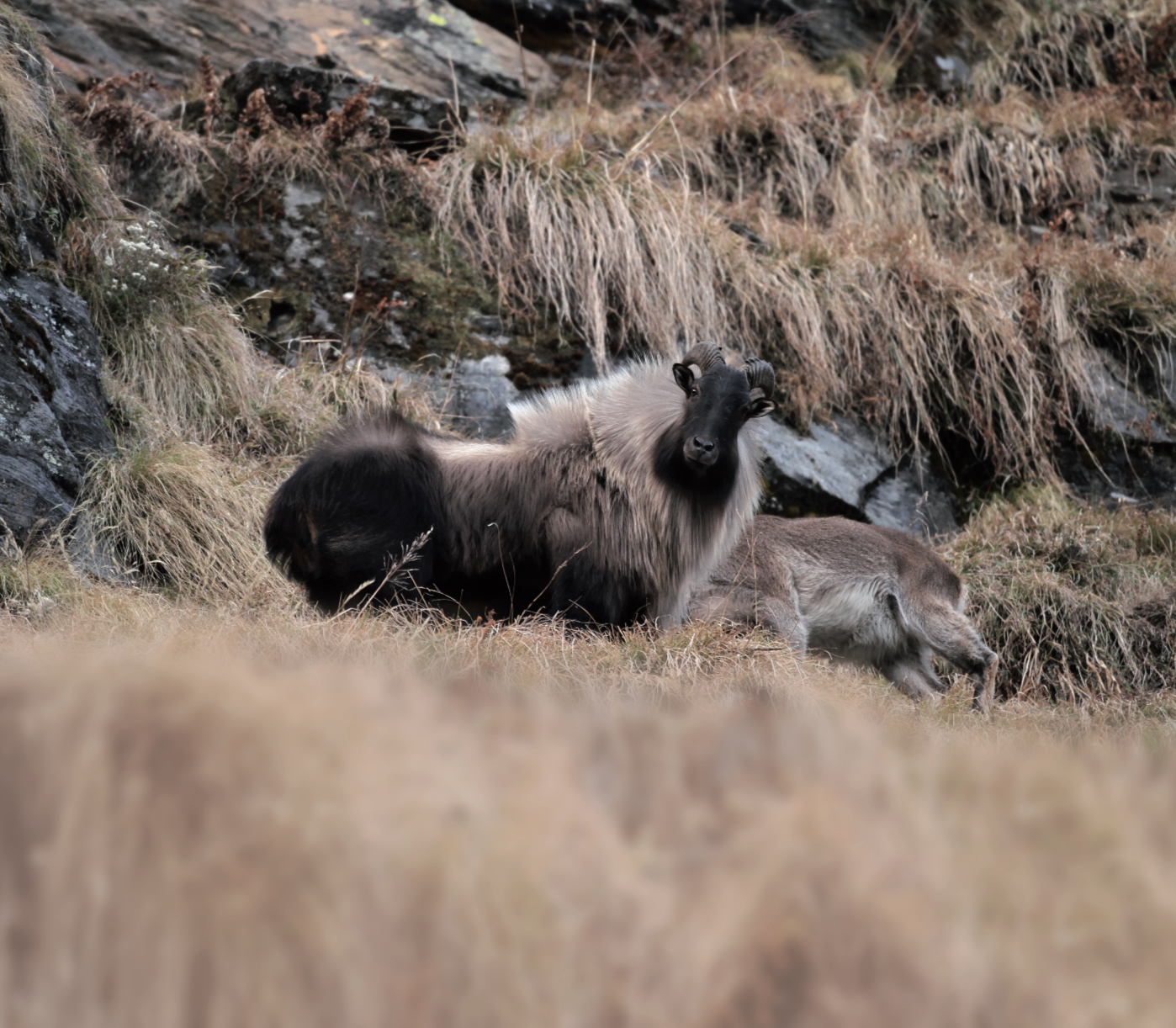
Himalayan tahr
Hemitragus jemlahicus
Small horns. With a triangular section, they form a keel on the anterosuperior edge where growth annulus can be seen. The characteristic of adult males, with great dimorphism with females, is the voluminous “mane” of long yellowish-brown hairs.
They live in Nepal, in the Himalayas, probably in Bhutan, and on the Chinese side of the Himalaya as well. It is introduced in New Zealand.
-

Nilgiri tahr
Nilgiritragus hylocrius
Adult males are dark brown almost black, with a distinctive silvery saddle patch. With horns curved in parallel, completely backwards and the bases almost glued together, the tips diverge. Growth rings can be seen on the first two thirds of the horn.
Its range is in southern India, in the Nilgiri, Palani and other hills of the area.
-

Thorold deer
Cervus albirostris
Deer of great size and height, characteristic white muzzle and whitish horn.
It inhabits altitudes ranging from 3500 to 5100 meters above sea level in the Gansu, Quinghai, Sichuan and Tibet Autonomous Region regions of China.
-

Golden takin
Budorcas taxicolor bedfordi
The generic name Budorcas comes from the greek bous and dorcas, which means ox and gazelle. From straw-coloured to deep yellow, to which it owes its “golden” appearance.
It lives in the Shaanxi and Gansu regions of China.
-

Sichuan takin
Budorcas taxicolor tibetana
Of variable colouring, in general straw-greyish hair, a darker dorsal stripe stands out, reaching as far as the withers. Diffuse gray-dark spots appear on the hind limbs and rump.
He lives in the Sichuan region of China.
-

Himalayan goral
Naemorhedus goral
Coloration differs for east and west phenotypes, from dark brown to straw grey.
They have small horns, curved backwards, almost parallel and pointed, with a serrated surface.
Its range extends from Bhutan, Nepal, India, Pakistan and neighbouring areas of China.
-

Himalayan serow
Capricornis thar
Its color varies greatly depending on the location. Predominantly greyish to dark almost black, with reddish-coloured upper legs and forelegs and lower parts of the legs whitish.
The not very long horns of conical section, curved backwards, have a serrated surface.
It lives in the foothills of the Himalayas from India, Nepal, Bhutan, and the Chinese border, even down to Bangladesh.
-

Caucasian chamois
Rupicapra rupicapra caucasica
It is included in both Europe and Asia, because the Caucasus region occupies both continents. (North Caucasus would be Eastern Europe and South Caucasus would be the Middle East).
The chamois inhabits the Russian Krai of Krasnodar and Stávropol, the Caucasian Republics of the Russian Federation, Georgia, South Ossetia and Azerbaijan.
-

Anatolian chamois
Rupicapra rupicapra asiatica
The horns are thinner and shorter than those of other chamois subspecies. In summer fur, the darkest dorsal line that runs along their entire backs is different.
It is endemic to northeastern Anatolia in Turkey and enters some of southwestern Georgia.
-

Mid Caucasian tur
Capra caucasica
It is a hybrid between the Western Tur or Kuban (Capra caucasica severtzovi) and the Eastern Tur or Dagestan (Capra caucasica cylindricornis). The horns may be similar to the two species or somewhat intermediate in different gradients.
It inhabits the middle Caucasus, near Mount Elbrus, in the Republics of Karachaevo-Cherkessia and Kabardino-Balkaria.
-

Daghestan or East caucasian tur
Capra cylindricornis
The most distinctive thing in the morphology of the Tur is the shape of their horns. The Daghestan Tur has horns of almost cylindrical section, with no knobs, although the rings of annual growth are marked.
Inhabits Azerbaijan, Georgia, and the Russian Federation Republics of Chechnya, Dagestan, Ingushetia, Kabardino-Balkaria and North Ossetia.
-

Kuban or Western tur
Capra severtozvi
The horns are almost quadrangular in cross-section, in scimitar shape, with marked knobs.
He lives in the western Caucasus mountain range. In the Republics of Abkhazia, and of the Russian Federation in the Republics of Karachevo-Cherkessia and Adygea and the Krai of Krasnodar.
-

Bezoar wild goat or bezoar ibex
Capra aegragus aegragus
Ashy to grayish brown in colour, a dark, almost black stripe runs over their entire backs and descends in front of their shoulders when they reach the withers, forming a collar that closes over their chests.
It has scimitar-shaped horns, with an anterior rim or keel, which are divided by marked knobs.
-

Sind wild goat or Sind ibex
Capra aegragus blythi
Whitish grey coat with an almost black dorsal stripe that runs down his shoulders and across his chest. Long horns, with a marked keel at the front, sometimes describing an arc of almost 270° and usually divergent tips.
It lives in Pakistan, in the regions of Sind and Baluchistan and in Iran, in the region of Sistan-Baluchistan.
-

Chialtan wild goat
Capra aegragus blythi x Capra falconeri megaceros.
Hybrid apparently from a Pasang with Markhor of Kabul, but has a similar coloring to that of the Bezoar and horns a mixture of both species.
-

Altai or Siberian ibex
Capra sibirica sibirica
Cimitar horns, shorter than the Himalayan and Tian Shan Ibexes, with very prominent knobs.
It occupies the Altai Mountains in western Mongolia,
in the areas bordering China and Kazakhstan and extends across the Altai Republics, Tuva, Buryatia and the Irkutsk and Krasnoyarsk provinces of Russia.
-

Gobi ibex
Capra sibirica hagenbecki
Similar in appearance to the Altai, but perhaps paler in colour than the Altai. The shortest horns of all Asian Ibex.
It lives in Mongolia in the Gobi - Altái, South Gobi, East Gobi and South Hentiy regions, in China in the province of Gansu and the autonomous region of Inner Mongolia.
-

Mid Asian ibex
Capra sibirica aliana
The largest of all Asian ibex. Dark coloured in winter with a whitish dorsal saddle and a dark dorsal line.
It lives in Afghanistan, Kazakhstan, Tajikistan, Kyrgyzstan and China.
-

Himalayan ibex
Capra sibirica sakeen
Very similar in appearance and horn shape to the Ibex of Tien Shan, although somewhat smaller.
Its range ranges from the Afghan Karakorum and the Wakhan Corridor in Afghanistan, to Pakistan where it inhabits several northern regions and India in the Karakorum and Himalayan regions as well.
-

Astor markhor
Capra falconeri falconeri
It is the markhor that has the most divergent and spectacular horns of all the markhors.
The Astor markhor is an endemic phenotype of the Gilgit- Baltistan province, in the foothills of the Nanga Parbat in northern Pakistan.
-

Kashmir markhor
Capra falconeri cashmiriensis
The horns are less divergent than those of the Astor, with two or three turns in the spiral.
It lives in northern Pakistan in the Chitral region and to the west in Afghanistan and in the Pir Panjal area of India.
-

Kabul markhor
Capra falconeri megaceros
I’s a smaller phenotype of markhor than the others. It has the straightest horns, almost stuck to the base and with a spiral that gives two, three and sometimes even four full turns.
Its range is near Kabul in Afghanistan and Pakistan in the border areas of northern Balochistan.
-

Suleiman markhor
Capra falconeri jerdoni
It is the smallest of all the markhors, also the horns are less long than those of Astor and Kashmir. They form a tighter spiral with several full turns and usually in the form of an inverted triangle.
It lives in Baluchistan, Pakistan, and in Afghanistan in the Paktika and Zabol areas.
-

Bukhara markhor
Capra falconeri heptneri
Intermediate size between the Suleiman and the largest mark- hors. The horns develop in a massive spiral, more open than that of the Suleiman, with the tips usually worn out.
It lives in Afghanistan, in the Badakhshan region, Tajikistan, Turkmenistan and Uzbekistan.

